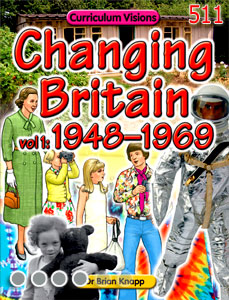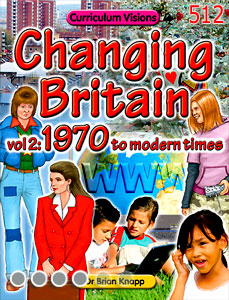The United Kingdom (UK) is one of the most misunderstood of countries, at least in terms of name.
The United Kingdom is the same as Britain, but not the same as Great Britain (GB), which consists of the countries of the UK except for Northern Ireland.
Wales was a separate principality until Edward I made it part of England in the 13th century. However, there was no formal union until 1536, that is, in Tudor times.
Great Britain was formed by the union of England (including Wales) and Scotland in 1707. The United Kingdom of Great Britain and Ireland was formed in 1801. When the Republic of Ireland decided to leave the rest of the United Kingdom in 1922, the name changed to the United Kingdom of Great Britain and Northern Ireland. Further, the Channel Islands and the ISle of Man are part of the UK, but have separate tax and government arrangements.
The union of England and Scotland came about because Tudor Queen Elizabeth I of England died without any children on 24 March 1603. England and Scotland had developed as separate nations, but the kingdoms were always linked by marriage. So, when the throne of England fell vacant, the nearest relative, and so heir to the throne, was her double first cousin twice removed, King James VI of Scotland. He was a member of House of Stuart and son of Mary, Queen of Scots. He became king of both kingdoms in the Union of the Crowns in 1603. But it was not a union of countries, just two countries ruled by the same king.
During the next century, the English were very successful at creating colonies in North America, but the Scottish attempts failed. This left Scotland as a much poorer country than England, with the prospect of getting poorer by the year. As a result, the Scots eventually thought it was in their best interests to become part of a union, and this happened in 1707. This gave Scotland equal access to the trade of all England's colonies, and allowed Scotland to become one of the world's most prosperous countries during the 18th and 19th century. At the same time, the Scots agreed that the crown would remain Protestant, and not become Catholic.
The United Kingdom of Great Britain and Ireland was formed on 1 January 1801 by the Acts of Union 1800, which merged the kingdoms of Great Britain and Ireland.
Despite losing the American colonies (except Canada) at the end of the 19th century., Britain, leading the British Empire, became the greatest world power for the next century. But although most areas in the United Kingdom prospered, the rural areas of Ireland did not. There was also tension between Roman Catholics in the south of Ireland, and Protestant peoples in the north. Then, in the middle of the 19th century, there was a devastating famine, but the British government did little to help. This is when many Irish people emigrated to America and the British colonies, and also calls for Irish independence. Eventually, at the start of the 20th century., there was an Irish War of Independence, which resulted in Ireland leaving the Union and forming the Irish Free State in 1922. Northern Ireland remained part of the United Kingdom, and the UK was renamed the "United Kingdom of Great Britain and Northern Ireland". The Irish Free State later was renamed as the Republic of Ireland.
In 1971 The British government took the United Kingdom into the European Common Market, so that it could increase trade with Europe. However, the aims of many in Europe were to create a new European Union, governed centrally as in the United States. The people in much of Britain became increasingly worried by losing power to the European Union (EU) and voted to leave in 2016.
It formally left the EU on Jan1 2020.
During this time, the UK was increasingly devolved, meaning that more powers were given to individual countries of the UK, as well as to regions.
The capital city of the United Kingdom and England is London, the capital city of Northern Ireland is Belfast, the capital city of Scotland is Edinburgh, and the capital city of Wales is Cardiff.










